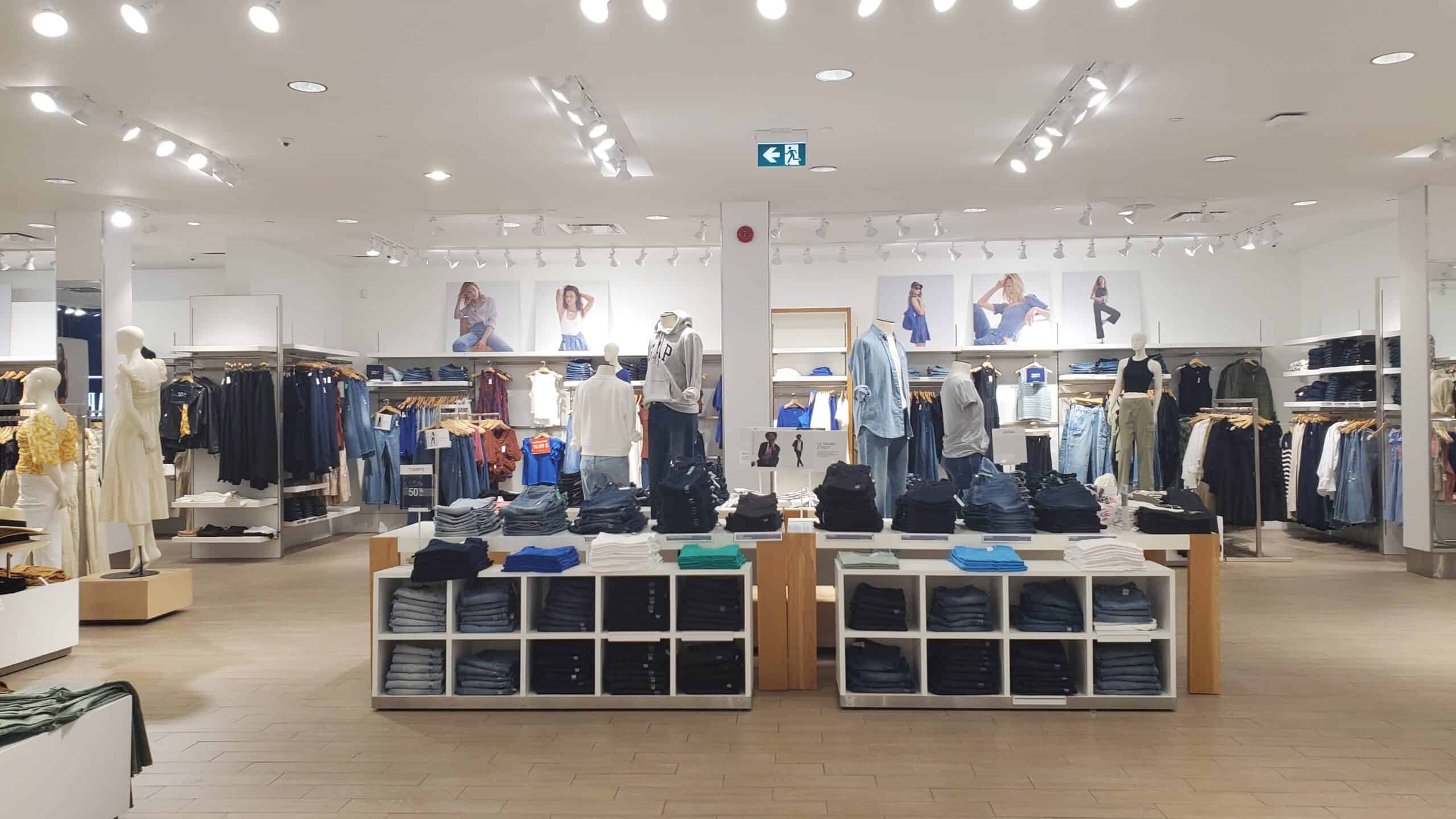How Often Do You Go Shopping for Clothes?
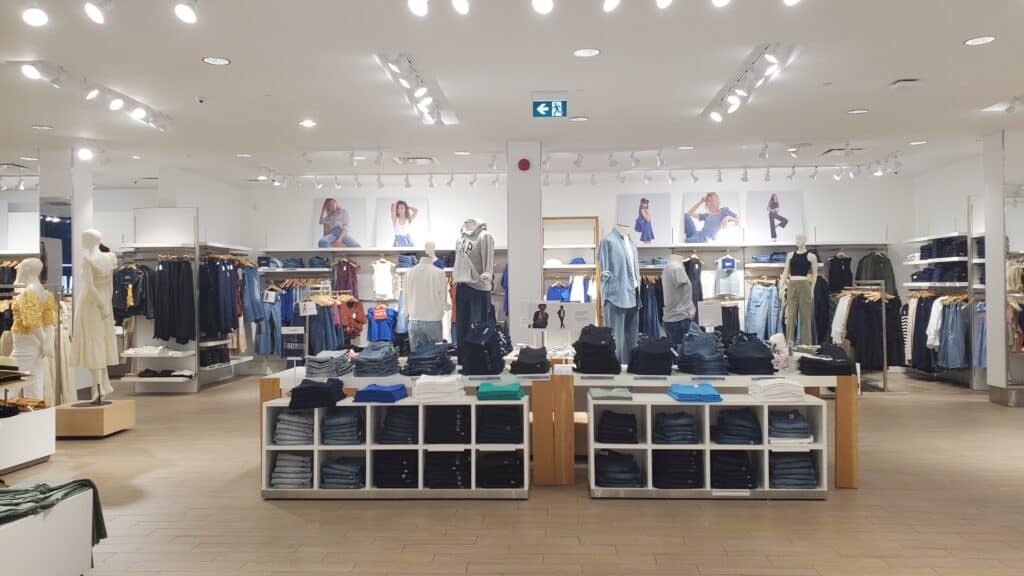
Today you’re going to know exactly how often you need to go shopping for clothes.
I’ve personally used the same tips I am about to share with you to save money and got great deals.
In this post, I will share:
- Personal reasons for wanting new clothes
- Personal shopping habits
- Lifestyle changes and fashion trends
- Individuality in shopping frequencies
- And several variables to update
Let’s dive right in.
How often should you go shopping for clothes?
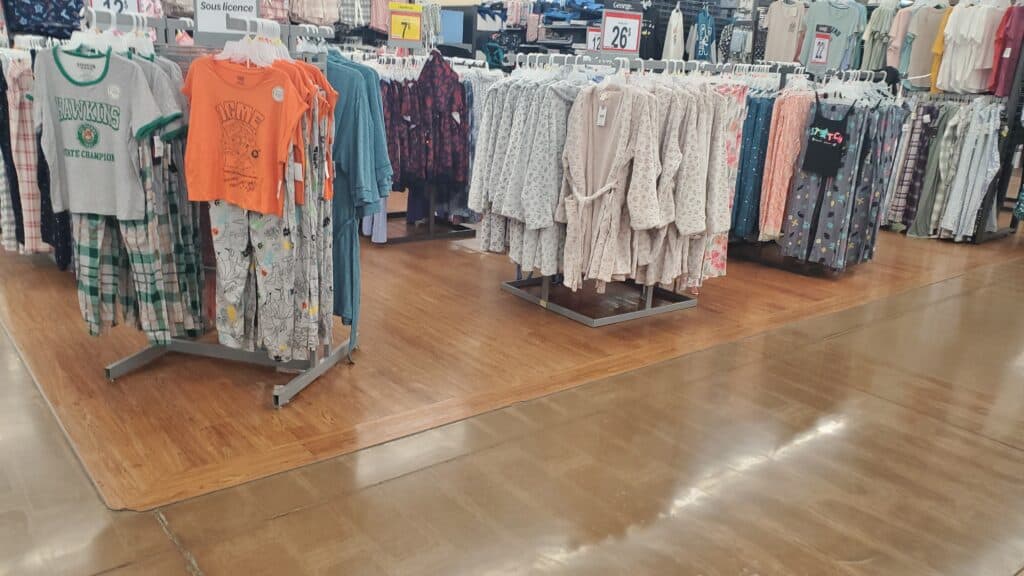
There is, of course, no exact answer to how often do you go shopping for clothes, it can depend on several factors.
Just as no two people are exactly alike, our clothing shopping frequencies also differ greatly.
For example, I have personal needs, daily routines, and lifestyles that play pivotal roles in determining how often I find myself browsing through racks or online stores.
I also know this will be different from someone who may be minimalist and satisfied with a few well-chosen pieces in their wardrobe.
Remember, we are all different and our needs differ.
So let’s start by looking at some factors that could determine how many times people go shopping:
- Seasonal Changes
- Fashion Trends
- Wardrobe Refresh
- Special Occasions
- Job or Career Needs
- Fitness Goals
- Weight Change
- Travel
- Replacement
- Self-Expression
- Gift-Giving
- Special Sales and Discounts
- New Job or Lifestyle
- Retail Therapy
Factors influencing how many times do people go shopping for clothes
1. Clothes shopping due to seasonal changes
With each season, there arises a need to reassess our clothing collection, such as buying warmer clothes for winter or lighter fabrics for summer.
When it comes to shopping habits, my frequency greatly varies depending on the time of the year.
During the initial months of the season, I find myself heading to the stores around twice a month.
As the season progresses, my shopping trips become much less frequent, reducing to once every two months or so.
Seasonal changes often make me add one or two items to my wardrobe.
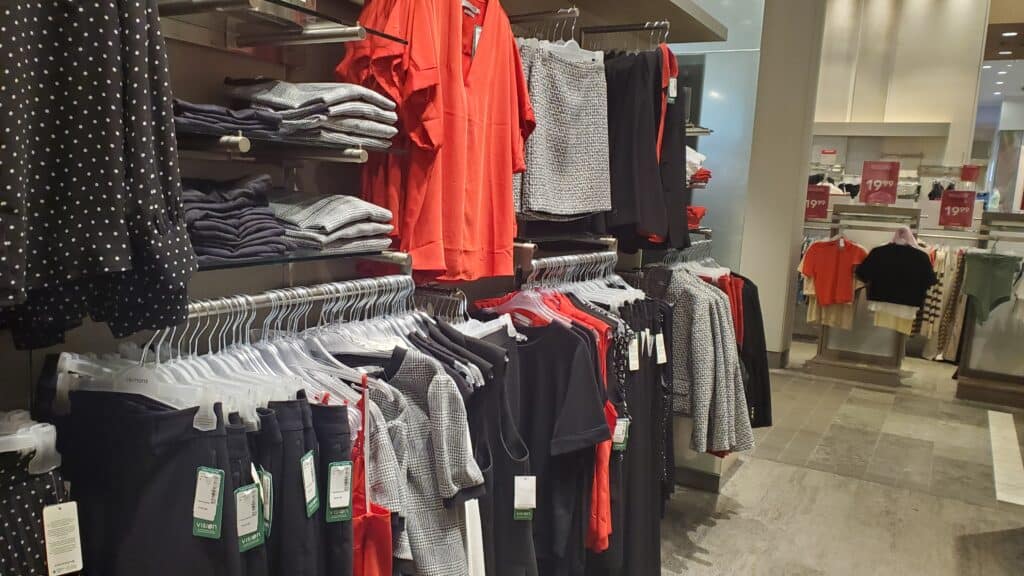
2. Fashion Trends
The fashion industry introduces new collections regularly, enticing consumers to stay up-to-date with the latest fashion trends and styles.
For some, staying on-trend is a matter of personal preference and a way to express their creativity and individuality through clothing.
These trends can drive individuals to update their wardrobes more frequently.
3. Wardrobe Refresh
The key to finding the right shopping frequency lies in understanding your unique clothing requirements.
I find myself going shopping for clothes more frequently than I’d like, considering how few items in my wardrobe I end up wearing regularly.
However, I’m a conscious shopper, and I tend not to splurge on individual pieces, usually capping my spending at $30 per item.
Of course, there are exceptions for special occasions or those must-have items that I’ve been eyeing for a while, like a stylish coat or a particular piece I’ve been longing to add to my collection.
Your daily activities, professional commitments, and social engagements all play a significant role in determining the balance between work and non-work clothing essentials.
4. Clothes shopping for special occasions
When it comes to finding outfits for specific events like weddings, parties, graduations, or formal gatherings, my shopping frequency is usually dictated by the occurrence of such occasions.
I tend to plan and shop selectively, ensuring that I have appropriate attire ready for these special events. Depending on how frequently these events arise, I may shop a few times a year or on an as-needed basis.
Each purchase is purposeful and revolves around finding the perfect outfit that aligns with the event’s dress code and reflects my style.
5. Job or Career Needs
My shopping frequency is typically based on the specific requirements of my job or profession.
If my workplace has a strict dress code or uniform policy, I may shop for work-related clothing only when necessary to ensure I have enough outfits for a full workweek.
6. Fitness Goals
Individuals who have a regular exercise routine may find themselves shopping for workout clothes more frequently.
In fact, regular workouts can lead to wear and tear on activewear. In this situation, you may need additional pieces to keep up with your active lifestyle.
7. Weight Change
As our bodies go through natural changes over time, our clothing needs may also shift.
Whether intentional or not, significant weight changes can affect the fit and comfort of your clothing.
For example, a pregnant woman may need to shop for new clothes to ensure a comfortable and well-fitted wardrobe.
The rapid weight fluctuation after birth may require more frequent updates to their clothing collection.
8. Travel
Some individuals may shop for new clothes before each trip to have appropriate attire for the climate, cultural norms, and activities they’ll be engaging in during their travels.
I prefer buying something new during my vacation. It serves as a unique and sentimental souvenir, evoking beautiful memories of the trip every time I wear it.
Vacations mean capturing memorable photos, and I’d rather not repeat outfits in them, hence the excitement of finding a new piece to add to my vacation wardrobe.
Flying to a destination and wanting to avoid baggage fees prompts me to explore thrift stores upon arrival, where I can find the clothing I need without the burden of carrying extra luggage.
The joy of finding special items and giving them a second life during my trip is a bonus, as I know I can easily donate them before heading back home, creating a meaningful connection between my vacation experiences and sustainable fashion choices.
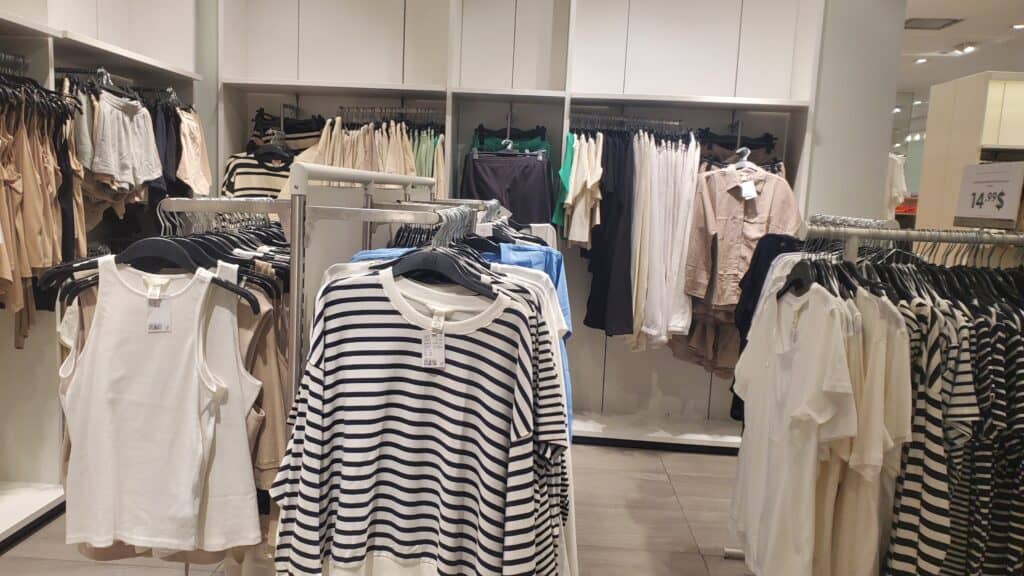
9. Replacement
I have a principle of not keeping damaged items, and I prefer to either repair them if possible or get rid of them.
If a favorite shirt gets damaged, I graciously bid it farewell, knowing it has served its purpose to me.
I believe in investing in quality clothing that can stand the test of time, but sometimes it’s inevitable to replace items like jeans that no longer fit properly due to body changes.
Ultimately, my clothing replacements are based on their functionality and appropriateness for various occasions, making sure I’m always dressed comfortably and stylishly for the different social rules and events in my life.
10. Self-Expression
Have you heard a saying: dress how you want to be addressed? I am sure you have.
The clothes you choose will have a lot to say about you and how you feel about yourself. For example, you may want to feel confident, sexy, or powerful and buy an outfit that conveys the message.
Shop with purpose, focusing on quality, timeless pieces that fit your style rather than trendy items that may lose appeal quickly.
11. Gift-Giving
Depending on your social circle, you may purchase clothes as gifts for special occasions like birthdays, weddings, and kids’ baptisms.
Some individuals may plan and shop for clothes as gifts during specific sales or seasonal discounts, while others may buy them as needed, even on short notice.
12. Special Sales and Discounts
Some people actively look for special sales and discounts and may shop during events like Black Friday, Cyber Monday, end-of-season clearance sales, holiday sales, or other promotional events.
To take advantage of sales, promotions, or discounts offered by stores, I plan what I might need that aligns with my budget and needs.
For example, for a family with kids, these promotions or sales are great occasions to save money for things your kids will need for the following year. Those items may include winter suits and other school items.
13. New Job or Lifestyle
If someone starts a new job with a dress code that differs significantly from their previous workplace, they may need to update their wardrobe accordingly.
The frequency of shopping in this situation could be relatively high, especially if the new job requires more formal or professional attire.
Individuals may need to invest in items or appropriate workwear to adhere to the new dress code.
14. Retail Therapy
Shopping for clothes can serve as a fantastic mood booster for some individuals, providing temporary relief from stress or emotional pain.
According to Dr. Bea from the Journal of Consumer Psychology as reported in the Cleveland Clinic article, the act of shopping, whether in-store or online, can restore a feeling of personal control and autonomy, leading to increased happiness.
The right way is to spend less than what you earn. It is best to engage in shopping when you feel neutral or positive.
Tips on Creating a Clothing Budget to Avoid Excessive Spending
- 1. Assess Your Current Wardrobe: Start by taking inventory of your existing wardrobe to identify any gaps or specific needs.
- 2. Set a Monthly or Yearly Clothing Budget: Allocate a specific amount of your income to clothing shopping.
- 3. Prioritize Quality Over Quantity: Invest in well-made, durable pieces that will stand the test of time. Although they may have a higher initial cost, quality items require fewer replacements, ultimately saving money in the long run.
- 4. Create a Shopping List: Before heading to the stores or browsing online, make a list of items you genuinely need or want.
Stick to the list to avoid impulsive purchases that may not align with your actual clothing requirements.
- 5. Embrace Second-Hand Shopping: Thrifting and shopping at vintage stores not only offer unique finds but also support sustainable fashion practices.
Now It’s Your Turn
Now I’d like to hear from you.
How often do you go shopping for clothes?
Let me know by leaving a comment below right now.

